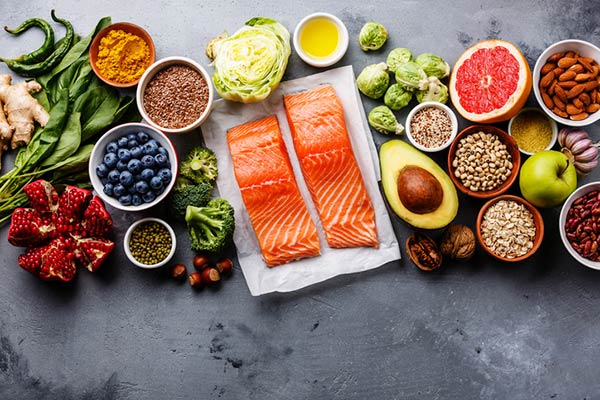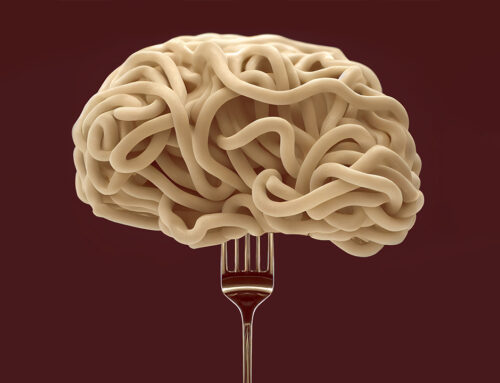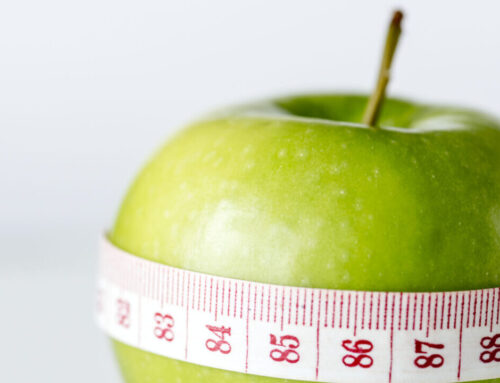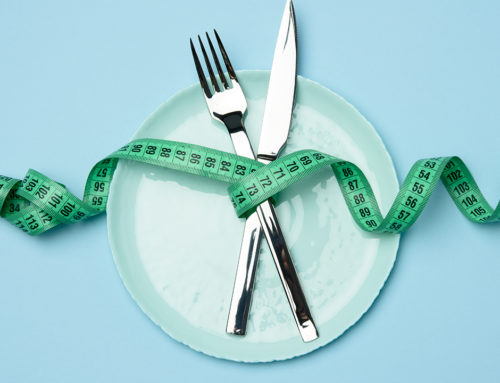Do you hear the word “macros” and respond like you know what it means when, really, you have no clue? Exactly what are macronutrients? Well, here is your crash course and macros 101.
Author:
April Imholte is a personal trainer, certified sports nutritionist and figure competitor. Follow her at facebook.com/LivinFitCamp
Read on and check you’re right or you could be taking your physique in the wrong direction.
It wasn’t that long ago when most people would have looked like a rabbit in the headlights when macros were the topic of conversation.
It’s worth learning about them and how they affect your physique because the moment you truly understand is comparable to winning the jackpot when it comes to reaching your fitness goals.
These are the five simple elements you need to commit to memory and understand all you need to know about your food.
What are macronutrients?
Macronutrients, aka macros, are simply your carbs, fats and proteins. They make up the foods we eat and our bodies need them in large amounts to provide energy (calories) on a daily basis.
Macros allow your body to function properly and carry out activities of daily life.
Some foods are considered proteins, while others are fats. Some are carbs, which are my favorite. Foods that contain a little of each macro are known as combo foods.

What’s the function of each macro?
Protein primarily repairs and rebuilds tissues, including lean muscle tissue. It contains essential amino acids that are the building blocks of our muscles.
This isn’t exclusive to muscle tissue; it includes hair, nails, skin and even the cells that line your intestinal tract. In addition, protein can ward off illness by supporting immune functions.
Carbohydrates are the primary source of energy for our bodies, including our brain cells. Fats may get a bad rap, but they’re important as well.
Healthy fats supply our bodies with fatty acids, but we should consume them because our bodies can’t make them. An example is Omega-3, which is found in fish oil.
Fats also aid in the absorption of fat-soluble vitamins such as A, D, E and K, and they help protect our vital organs.
What are examples of carbs, fats and proteins?
The easiest way to determine if a food is a carb, fat or protein is to read the nutrition label.
If the grams of one macronutrient (protein, for example) are higher than the others, then it’s considered a protein.
Ideally, the majority of your foods are whole foods. In some cases, there isn’t a nutrition label. In that case, this list will be helpful:
Lean protein sources
Chicken breast, dairy products such as cottage cheese and Greek yogurt, egg whites, extra lean ground beef, fish and turkey breast. When you’re on the go, protein powder comes in handy.

Carbohydrates
Beans, fruits, oats, potatoes, quinoa (which contains a good amount of protein), rice, starchy vegetables and whole wheat bread.
When choosing carbohydrates, stick to complex carbs as opposed to simple ones such as juice, sugar and sweets.
Healthy Fats
Almond butter, avocado, coconut oil, egg yolks, fatty meats such as salmon, natural peanut butter, nuts, olive oil and seeds.
How do macros make up your day’s caloric intake?
Most people could give you a fairly close estimate of how many calories they consume each day.
However, the majority would have no clue when it comes to the grams of carbs, fats or proteins they consume.
Simply put, carbs, fats and proteins all contain calories.
Carbs and proteins contain 4 calories per gram, while fat contains 9 calories per gram. So if a food item has 20 grams of protein, 80 calories would be derived from protein.
It’s simple math, but helpful in understanding how food makes up your total caloric intake per day.

How to calculate your daily macros?
No two people are alike when it comes to nutrition, so this question is a bit complicated. Copying someone else’s meal plan probably won’t work for you.
Your best bet to figuring out what works for you is to hire an online trainer, enter your details into an accurate online macro calculator, or follow a program like those at bodybuilding.com.
As a general starting point, the 40/40/20 rule – 40% of your calories from carbs, 40% from protein and 20% from fats – is a good place to begin.
In a 2,000-calorie diet, that means 200 grams of protein, 200 grams of carbs and 44 grams of fat each day.
It is also worth documenting your daily intake using a macro tracker such as Myfitnesspal app.
Macros don’t have to be complicated and the best thing you can do is to familiarize yourself with them.
Maintain a consistent intake for at least a week and adjust them only if you aren’t making progress.
Until next time, wake up each day reminding yourself to be strong and courageous, and to keep living fit.
For more content about understanding what macronutrients are, diet tips, and workouts, get TRAIN magazine direct into your inbox every month for free by signing up to our newsletter







